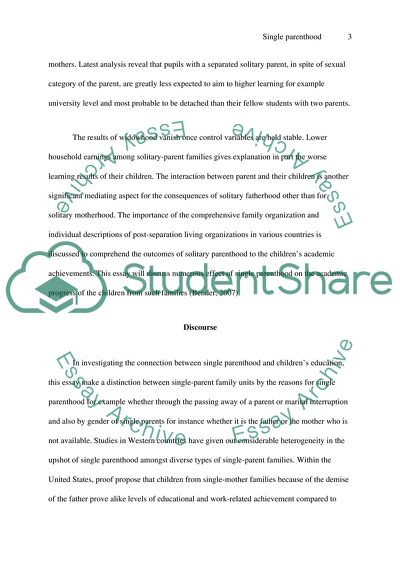Cite this document
(Single Parenthood Essay Example | Topics and Well Written Essays - 3000 words, n.d.)
Single Parenthood Essay Example | Topics and Well Written Essays - 3000 words. https://studentshare.org/sociology/1862809-essayreport
Single Parenthood Essay Example | Topics and Well Written Essays - 3000 words. https://studentshare.org/sociology/1862809-essayreport
(Single Parenthood Essay Example | Topics and Well Written Essays - 3000 Words)
Single Parenthood Essay Example | Topics and Well Written Essays - 3000 Words. https://studentshare.org/sociology/1862809-essayreport.
Single Parenthood Essay Example | Topics and Well Written Essays - 3000 Words. https://studentshare.org/sociology/1862809-essayreport.
“Single Parenthood Essay Example | Topics and Well Written Essays - 3000 Words”. https://studentshare.org/sociology/1862809-essayreport.


